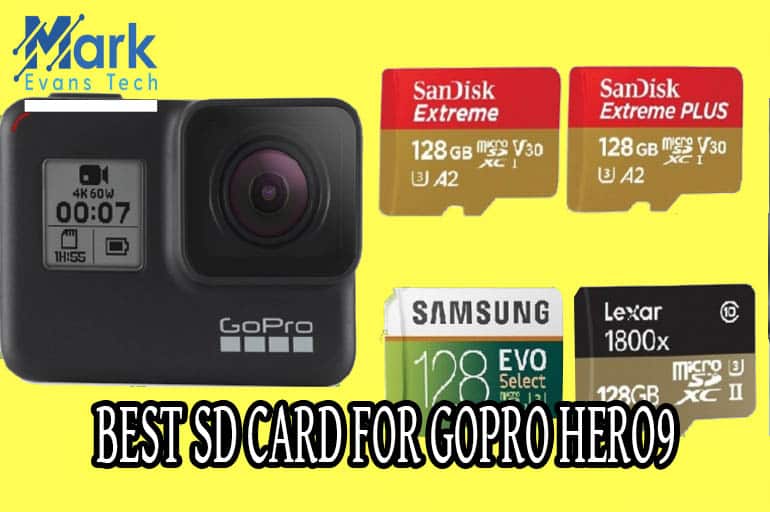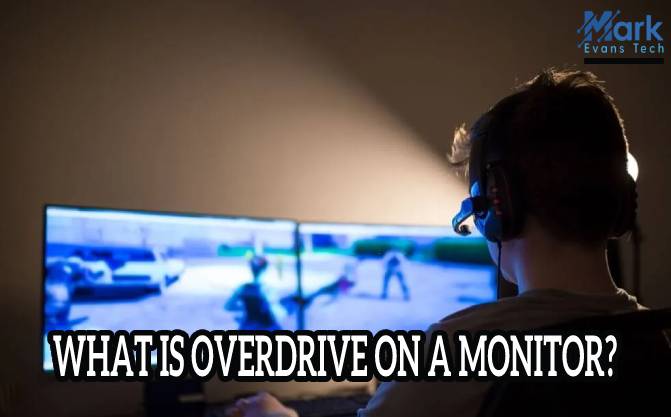What are GoPro .lrv Files
When you own a machine like a camera from the GoPro line, then it's obvious that, you give more attention to small details. These tiny action cameras pack quite a punch, with sharp wide-angle lenses neatly stowed in a small, compact body.
When it comes to using your GoPro, however, not everything is in the fine print. You might be wondering how your GoPro makes files when you’re filming or shooting on it. Let’s look at one of those file types that’s vital for playback specifically.
You’ll find .LRV files in your SD card or storage data, and they’re automatically generated by your GoPro as you shoot, depending on which GoPro you own. Some GoPros have to have the latest firmware updates to generate these files. The ‘LRV’ stands for ‘low resolution video’ if you’re wondering. Of course, GoPro will also generate and store MP4 video files which you’ll be more prone to using when you want access to your footage.
Now you might be thinking, why do I even need a low-quality file, when I have easy access to MP4s? Well, don’t write it off just yet, because the .LRV file can really come in handy. But first, let me provide some clarification - what are GoPro .LRV files exactly? Read on to find out.
what are GoPro .LRV files?
Along with the .THM files (short for ‘thumbnail’, you’ll also find these files in your GoPro data storage, and as the name suggests. They’re the files for the thumbnails you’ll see when you look at the videos on your camera), the .LRV files are actually a way of managing the heavy-duty video that you can capture with your GoPro.
One of the biggest USPs of the GoPro is that it captures 4K video seamlessly at up to 60fps. Some of the newer models, like the Hero9, even punch above their weight to offer 5K video with up to 30 fps. When you’re dealing with such heavy files on such a small device, in-camera playback becomes slightly stunted.
But GoPro has fine-tuned its software so that you can still play the files, but in lower quality. So when you play back the files on your GoPro, it’s the .LRV files you’re playing. It’s only when you transfer your files to your laptop or your desktop that you’ll see the MP4 files being played.
What do .LRV files do?
Aside from speeding along the functioning of your GoPro, the .LRV files also do some of the heavy-lifting when you’re using the GoPro Quik app or any other iOS or Android app to access your GoPro files. It allows these apps to handle the files when you’re playing them in-app, without having to resort to MP4 and causing any kind of overload (both for your device and your WiFi connection).
However, if you just want your MP4 files, and you’re not interested in the .LRV files, that’s not a problem. You can delete them; the important stuff is in the MP4. Since these files are automatically generated, the next time an app or the camera requires them, they’ll resurface. They’re necessary for the smooth functioning of your device, but they might not be relevant to you.
How to use .LRV files?
Although these files are 240p (not very high quality), they are sometimes useful. The .LRV files are around 5% of the original MP4, so as you can imagine, that saves a ton of space (the resolution of both files remains the same).
Let’s say you happen to have an old computer that isn’t too powerful. If you’re worried about whether it can handle an MP4 file without crashing, you can just opt for a .LRV file instead. You can edit and fiddle around with the .LRV file (simply change the extension to ‘MP4’ if you want to view it; it’ll still be an MP4 file but you’ll be able to access it through the usual video players) and then choose to render the high-quality MP4.
Also, a .LRV file can be a good standby when you want to share videos through email. There are usually limits with regard to file size when you’re sending emails, and MP4 files can be huge. A .LRV clip will be of lower quality, but your family can still see videos of your beach holiday or that time you went skydiving.
Finally, chat apps and other social media apps aren’t great with large file sizes either, unless you have a lightning-fast WiFi connection, which most of us sadly don’t always have access to. Even if you do, an app overload is always better to be avoided. But you still want to share snippets of your graduation speech or your staycation with your friends over Messenger and Whatsapp, right? The best thing to do then is to resort to .LRV files. It’s not MP4, yes, but they’ll get the picture.
Conclusion
GoPro has a solid software ecosystem, and the .LRV files are just one of the many cogs in the wheel. But without these files, your tiny GoPro would be crashing on a regular basis, so when you think about it, they’re actually doing a lot behind-the-scenes.
However, for most casual users, they’re irrelevant. If you happen to be a heavy app user and love to edit and view footage on your phone, then you should know about .LRV files though. Or if you’re a social butterfly and you love to share and stream every second, you should keep up with what’s being stored on your GoPro because sharing .LRV files is much easier on your devices than sharing bulk MP4 files. But generally speaking, .LRV files do most of the work backstage, and you can delete them without any qualms. Just don’t accidentally delete your MP4 files - you need those!


![Second Monitor Detected But Not Displaying [Easy fix]](../wp-content/uploads/2022/04/second-monitor-detected-but-not-displaying.jpg)
